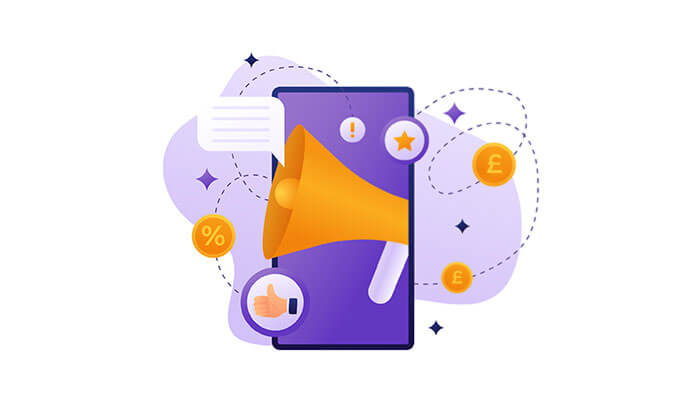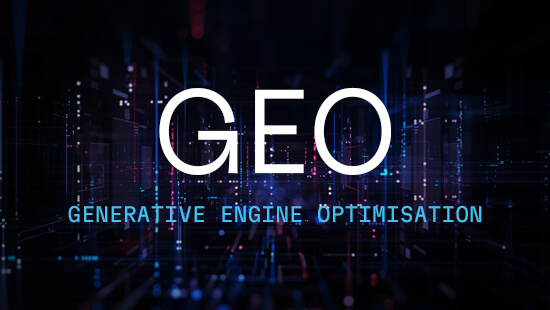Have you ever wondered what the 'metaverse' actually is? In this blog, we will explore the basics and give you the insight you need about the ins and outs of this emerging virtual experience. There's more to it than you may initially think.
What is the metaverse?
The metaverse is a virtual world where people can work, shop, game, and interact with each other using an avatar; a virtual representation of themselves. There is not just one metaverse. Rather, this was a term coined to describe the array of virtual interactions and landscapes. So as it stands, the metaverse is a multiverse, built on many different virtual spaces.
The concept of the metaverse is not new. Here's a brief history of how this all came to pass...

A brief history of the metaverse
The French poet and playwright, Antonin Artaud, first used the term ‘virtual reality’ when describing the theatre back in 1938.
The Sensorama was created by American filmmaker, Morton Heilig, in 1962 to simulate riding a motorcycle using a 3D movie, a vibrating chair, fan, and various smells for a full sensory experience.
The idea of the internet was created in 1989 by English computer scientist, Tim Berners-Lee.
In 1992, American sci-fi writer, Neal Stephenson, invented the term ‘metaverse’ in his 1992 book, Snow Crash, where rich people escaped into an alternative, three-dimensionally-connected virtual world.
By the early 2000s, video games had begun to create simulated spaces where people could interact with each other's avatars, travel to other worlds, and buy and sell virtual goods.
In 2007, Google unveiled the revolutionary feature ‘Street View’ inside Google Maps, allowing people to explore an unparalleled recording of the Earth's surface at scale.
Bitcoin began to emerge in 2009, becoming the first true digital cash system on a new kind of distributed ledger technology called blockchain. In 2014, NFTs (Non-Fungible Tokens) were created by Kevin McCoy and Anil Dash, as a unique cryptographically secured virtual asset that has taken the world by storm in recent years with its growing popularity.
In 2016, Pokémon Go hit the scene, giving everyday people a taste of augmented reality overlaid onto the real world, before Fortnite came along and became the most popular game with a shared virtual world in 2019, with over 250 million active users.
Facebook Inc. rebranded itself as Meta Platforms Inc. (otherwise known as ‘Meta’) in 2021, with an expansive vision for the metaverse. In the same year, Microsoft introduced ‘Mesh’, a new platform that vows to synchronise virtual collaboration.
By the end of 2022, Siemens and Nvidia announced their partnership to create an industrial metaverse powered by AI.
How can you access the metaverse?
The metaverse can be accessed through two main portals: Virtual Reality (VR) or Augmented Reality (AR).
Virtual reality (VR) is a 3D-simulated environment that enables users to interact with virtual surroundings, mirroring reality through sense perception. VR headsets have become more popular over the last few years, and are the main device needed to access this experience. Gloves, vests, and even tracking suits have been produced to enhance the experience.
Augmented reality (AR) is less immersive than VR. Instead of creating a whole virtual word, AR adds digital overlays on top of the real world through a lens. This gives the user the ability to still interact with the real world, while seeing digital elements within their reality. Products like Google Glass and heads-up displays in car windscreens (most notably by BMW) already exist to serve the purpose of augmented reality.

Terminology of the metaverse
If you decide to explore the metaverse yourself, there is some specific terminology that will eventually become ubiquitous once you begin to spend more time inside the metaverse.
Interoperability:
The ability to communicate and connect with different devices, applications, systems, or products in a synchronised way, without effort from the end user.
Cryptocurrency:
A digital currency aimed to work as a medium of exchange across a computer network that is not dependent on any central authority to uphold or maintain it, such as a bank or government-distributed currency (£ $ € ¥).
Blockchain:
A structure in which a record of transactions (specifically those made via cryptocurrency), is held across computers that are interconnected in a peer-to-peer network. In the metaverse, blockchain is used to secure digital content, making high-speed internet important for a seamless experience.
Spatial computing:
A human interaction with a machine, where the machine manipulates the virtual environment and object properties to real objects and spaces.
Brain-computer interface:
A direct communication route between the human brain’s electrical activity and an independent device, usually meaning a computer or robotic limbs. In the metaverse, it replaces standard computer screens and hardware.
Non-fungible token (NFT):
A digital asset, such as illustrations and artwork, audio and songs, or digital real estate that is unique and one-of-a-kind. NFTs can be bought, sold, and traded in exchange for other assets and methods of payment, though most transactions use cryptocurrencies. They can include a digital deed or proof of ownership to be used in the metaverse.
Artificial intelligence (AI):
A type of intelligence that automatically perceives, learns, and predicts information, demonstrated by machines using algorithms, rather than by a living creature via a biological brain.
3D modelling:
The process of creating a three-dimensionally perceived object, based on mathematical coordinates, via specialised software made to manipulate edges, vertices and polygons in a simulated 3D space.

What can the metaverse be used for?
The metaverse itself is the true definition of a perpetual landscape. Originally used for recreational purposes, the metaverse is now being adopted by a range of industries, including medical practitioners.
In the first instance, games such as World of Warcraft (2004), Fortnite (2017), and Pokémon Go (2016) created a metaverse with interactive reality. These games took place in virtual worlds, with real-time interactions between people and their avatars. With the advancement of technology, some games are leaning more towards virtual reality by taking you to another world.
For example, Pokémon Go is an augmented reality that creates digital additions and overlays this on top of your current real-world experience. Similarly, geocaching is an outdoor activity where participants use a Global Positioning System (like a mobile phone), to navigate through their world while hiding and seeking different items and earning points along the way.
The metaverse is now widely used for shopping and communication; people can now buy and sell objects through virtual environments. Currently, this consists mostly of digital assets, such as games, software extensions, 3D models, NFTs and cryptocurrency. Workplaces have also begun to adopt the metaverse as part of their daily communications, allowing you to mix with colleagues from the comfort of your couch. Two major companies already trialling this to the next level are Microsoft with 'Mesh' and Meta with 'Horizon'.
With the dawn of new technology, the metaverse is now being trialled by hospitals, with VR and AR being used to train doctors, dentists, and nurses for medical procedures with realistic situational simulations.

What’s the difference between the internet & the metaverse?
The internet is a global computer network that provides a variety of information and communication facilities to most modern computer-based devices. The internet is mostly a 2D experience, displaying information via a screen.
The metaverse builds on the internet’s abilities, giving users a chance to ‘live’ in it and experience it three-dimensionally, rather than simply browse the internet from a device in 2D. In the metaverse, it is all about the interactive experience.
What currency is used in the metaverse?
Cryptocurrencies are largely considered the main currency of the metaverse because of its digital-only quality, provided via blockchain, allowing instant, systematic transactions between peers over the internet at zero cost.
However, it doesn't necessarily need to be used to experience the metaverse, this depends on which aspects of the metaverse you are looking to access. NFTs can also be used as a form of currency in exchange with other users. Credit and debit cards, as well as other means of traditional online payment are still available in the metaverse.

Where does the metaverse stand now?
Some of the major corporations investing heavily into the metaverse include Facebook (Meta), Google, Microsoft, Nvidia, and Qualcomm, alongside many others.
Avatars will be able to spark spontaneous conversations using AI without the need for a human 'pilot'.
In order to experience the metaverse, AR and/or VR equipment is still required to visualise and use the data in 3D.
Cryptocurrencies, blockchain, spatial computing, 3D modeling and NFTs will all play a major role in immersing users into this new virtual landscape.
What are the pros & cons to the metaverse?
As with any new technology, there are significant benefits and drawbacks to using the metaverse.
Some of the cons include limited access for users who struggle with immersive experiences, the expense to the end user for the equipment needed to access the metaverse (VR headsets, gloves, suits, etc), security and privacy grey areas whilst the metaverse is still in its infancy, and most importantly, the addictiveness to escape from the real world.
But there are plenty of positives that the metaverse brings, including equal access to life-like experiences for the masses (travel abroad, interact with wildlife, etc), interactions with accurate virtual representations of objects, shared virtual experiences with loved ones, work collaborations, more efficient testing and training throughout many career fields (particularly medical) with limited risk, and new business opportunities to connect with customers.
At the end of the day, the metaverse is in the early stages of its life; being built on 3D technology, real-time collaboration software, and blockchain-based decentralised tools. Don’t expect it to rule the world by the next year, but definitely be on the lookout for the advances being made and how they can benefit you!






